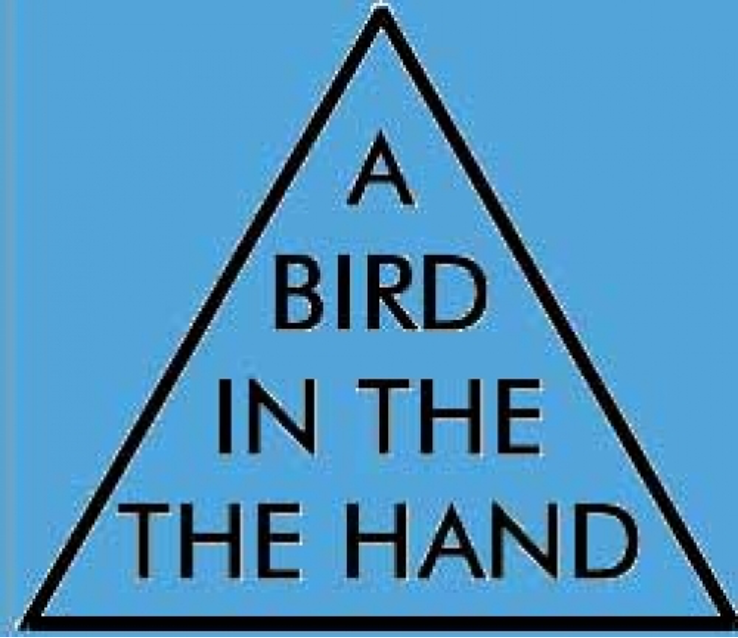If you’re a leader, you’re paid to get it right, especially on things like people and strategy. For many, this means advancing their viewpoints and “winning the argument”; but being persuasive and being right are not the same thing. You can have all the charisma in the world, but if your batting average is low, you don’t belong in the big leagues and won’t stay for very long. So how can you improve your odds of actually being right? A good option is to become more aware of the ways you’re likely to go wrong. Take a look at the following image:
Unless less you’re a copy editor, there’s a good chance you missed the repeated word in the triangle. This is an example of a psychological phenomenon called “confirmation bias,” our tendency to see things we already believe are there and ignore things that don’t fit the belief. Psychologists think we do this because the world is so rich with information that we need to develop shortcuts to make sense of it. At a glance, we put things into understandable narratives so we can act accordingly. But if the storylines we construct are riddled with inaccuracies, we might find ourselves playing the role of the villain rather than the hero. For example, if a person believes that all conservatives are racially prejudiced, or that immigrants are bad for the country, then they’ll likely be sensitive to information that confirms their belief while disregarding evidence that doesn’t, and that might determine how they treat their conservative or immigrant neighbors. You can probably see some limitations in these over-simplistic views, but each of us has our blind spots.
So how can you overcome these biases and help ensure that the story in your head is accurate? A useful practice is to think through other plausible interpretations of the things in your view. You overhear an employee talking critically about the organization. Is he out of alignment with the mission or does he have useful ideas that no one is listening to? Your son or daughter is acting out. Do they need correction or a hug? Is the current strategy failing, or does it need more time to work? What evidence is there to support each interpretation and what’s the more likely story? Like the old carpenter’s saying, “measure twice, cut once,” it’s usually far better to take a moment to double-check your measurement than to charge forward and risk getting it wrong. If you have the blessing of being able to do this with a partner, a coach, or in a team setting, even better.
Examining our beliefs and discovering our blind spots are not just important leadership disciplines, they’re requirements for spiritual growth for every person. In Second Corinthians 10:5, the Apostle Paul presents himself as a warrior in full attack mode, not against people, but against “arguments and every pretention that sets itself up against the knowledge of God, and taking every thought captive to make it obedient to Christ.” This means the scriptures are aimed squarely at our thoughts and beliefs even today, intending to tear them down and rebuild them according to God’s good purposes. What should our response be? I say, bring it on.


